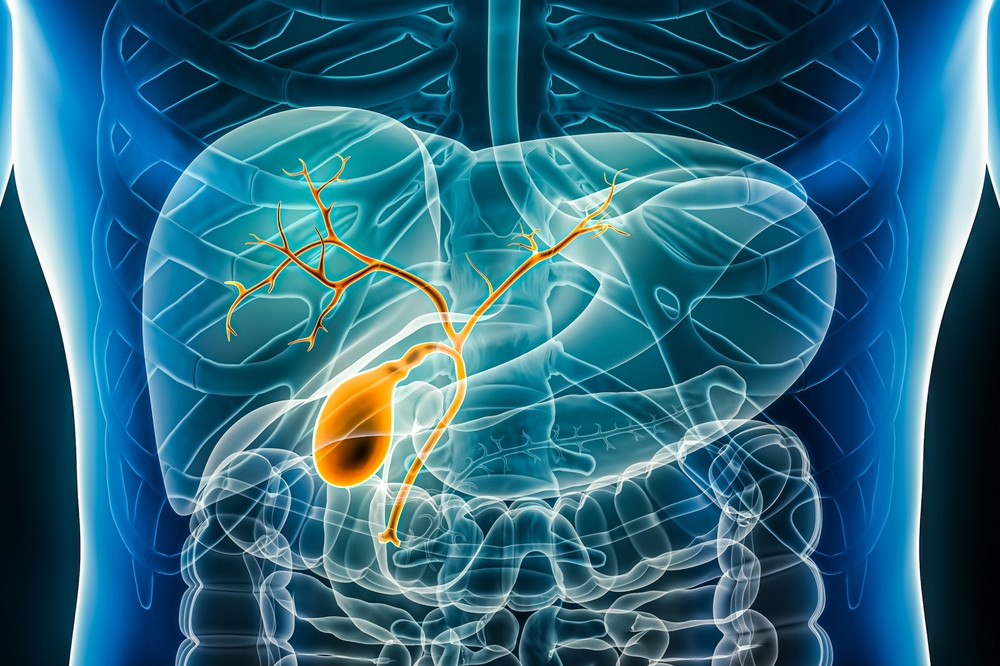Endoscopic Retrograde Cholangiopancreatography

About Endoscopic Retrograde Cholangiopancreatography (ERCP)
Endoscopic Retrograde Cholangiopancreatography (ERCP) primarily aims to diagnose and treat diseases affecting the bile ducts, gallbladder and pancreas. It involves using an endoscope to access the duodenum and X-rays to diagnose conditions such as bile duct obstruction, gallstones, or inflammation caused by tumours.
The pancreas and bile ducts are essential organs in the human body. The pancreas is responsible for secreting digestive fluids collected through the pancreatic duct. In contrast, the bile ducts are responsible for draining bile produced by the liver into the small intestine. After the pancreatic and bile ducts merge into a common channel, they deliver digestive fluids and bile into the duodenum, aiding digestion and absorption.

If the bile duct narrows, bile will accumulate in the liver and cannot be expelled, leading to liver damage, inflammation, and even the possibility of cirrhosis. Severe acute cholangitis can also lead to sepsis. However, since the pancreas and bile ducts are deep-seated organs in the body, it is challenging to identify the source of the disease through general external examinations. When conventional imaging diagnostic methods such as ultrasound or computed tomography (CT) fail to provide sufficient information, ERCP is necessary to perform a detailed diagnosis by entering the body.
What diseases can be diagnosed and treated with ERCP?
If the following conditions are suspected, doctors may recommend patients undergo ERCP for diagnosis and treatment:
- Bile duct obstruction/narrowing
- Bile duct stones
- Cholangitis (bile duct inflammation)
- Bile duct tumours
- Pancreatitis
- Pancreatic tumours
- Bile leakage after liver, gallbladder, or pancreatic surgery
Symptoms such as abdominal pain, fever, chills, and jaundice may indicate a problem with the bile ducts. It is advisable to consult a doctor promptly for a detailed assessment and diagnosis.
Procedure of ERCP
- Before an ERCP, an intravenous (IV) needle will be placed in the patient’s arm to provide a sedative to alleviate the patient's anxiety and discomfort. An anaesthetic spray will also be applied to the back of the patient’s mouth to numb the throat and help prevent gagging during the procedure.
- During the examination, the doctor inserts a flexible endoscope through the patient's mouth, passing through the oesophagus and stomach and reaching the second section of the duodenum. Using the bile duct as a pathway, the doctor introduces specialized instruments into the bile duct, including a guidewire, cannula, balloon, and stone retrieval instruments. X-ray imaging is then performed to diagnose any pancreatic or bile duct diseases in the patient.
- The doctor may also perform therapeutic interventions using auxiliary instruments during the procedure. For instance, if a bile duct obstruction is detected, the doctor can insert a stent to open the blocked area. Cell or tissue samples may also be obtained for further examination to aid diagnosis and treatment.
The risks of ERCP
ERCP is a relatively complex endoscopic procedure with certain risks and potential complications. These risks include the possibility of gastrointestinal bleeding and intestinal perforation. There is also a slight risk of developing cholangitis, pancreatitis, or experiencing effects on cardiac and pulmonary function. After the examination, patients can resume eating according to the doctor's instructions. However, if the patient experiences upper abdominal pain, fever, or any other abnormal symptoms, it is important to notify the doctor promptly.